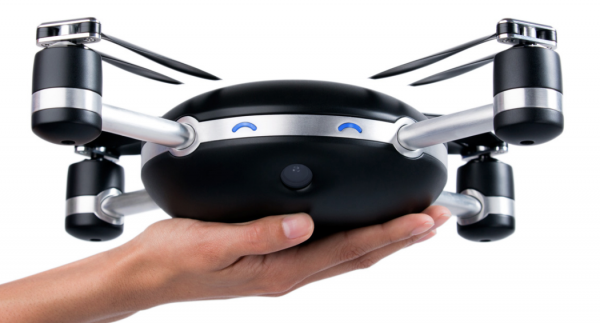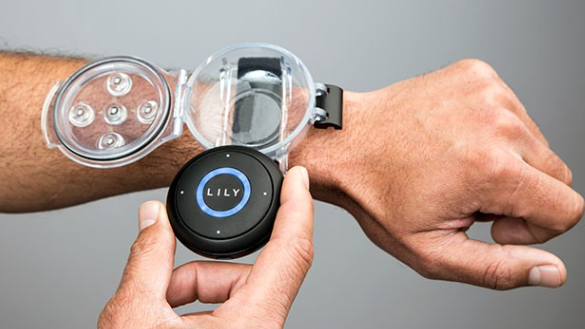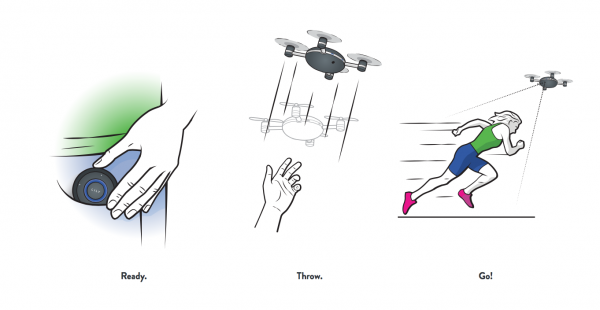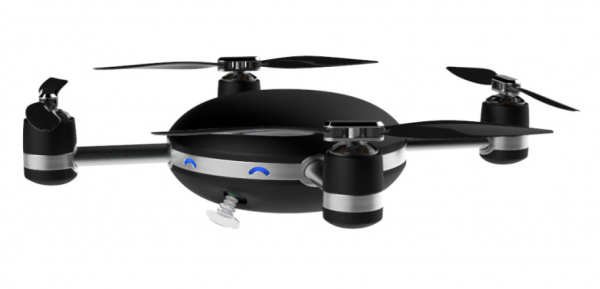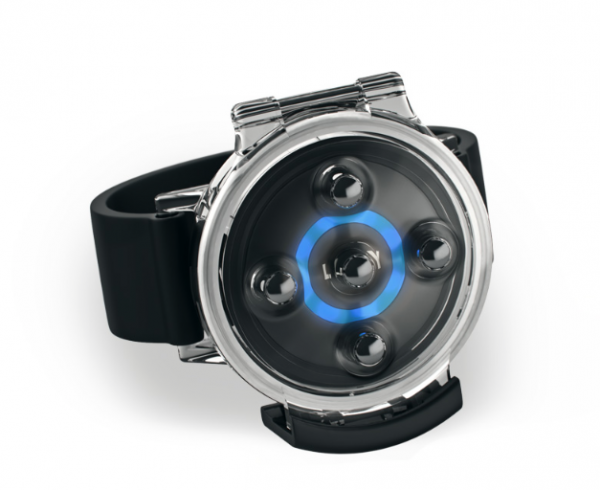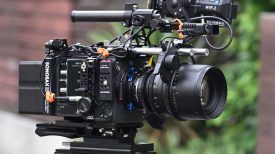By technical editor Matt Allard:
The number of new drones coming on to the market continues to grow rapidly. At NAB this year we lost count of the new products we saw and it’s no wonder: by 2020 it’s estimated that the commercial drone market will be worth $1.27 billion US according to a report by marketsandmarkets.com. It seems everyone wants a slice of the pie, but as that pie gets divided up, the number of places where you can actually fly a drone is getting smaller and smaller.
Tokyo, where I live, has just banned drones in all the 81 public parks across the city, and anyone caught flying one can be fined 50,000JPY ($420 US). This comes after a drone carrying radioactive sand was flown onto the roof of the prime minister’s residence as part of a protest over the Japanese government’s nuclear energy policy. According to The Japan News, Tokyo’s metropolitan government said that the drones are being banned because they pose a danger to park visitors.
Similar legislation is being enacted all over the world and it’s gradually getting harder and harder to fly a drone legally. Despite this, a new company called Lily has entered the market, with what they call a ‘Throw and go’ drone. As the name suggests you don’t need a controller as the Lily uses a tracking device that you carry with you or wear on your wrist in a waterproof casing.
Lily always knows where you are and where to position the camera as it uses GPS and computer vision to follow you at up to 25mph (40km/h) and keep you in the center of the frame. The tracking device can be mounted to anyone or anything, enabling you to fix it to a car, animal, or even a stationary object for a fixed hovering shot. The tracker features a accelerometer, barometer, GPS, microphone and vibration motor. The drone itself is also waterproof and can take off and land in water as the body is sealed and the motors are insulated, although the manufacturer suggests: ‘We recommend that you rinse the motors thoroughly after each saltwater exposure. The motors are subject to corrosion over time.’
There are no manual controls at all, so what you can actually shoot with the Lily is somewhat limited. Think of the Lily as an aerial GoPro, that offers a bird’s-eye view of the world rather than a human perspective.
Action sports people are sure to love the Lily as you can throw it in a backpack, take it up a mountain, deploy it, and ski back down without having to worry about controlling it. The Lily will fly for up to 20 minutes at a height of between 5ft (1.75m) and 50ft (15m) and will work at distances between 5ft (1.75m) to 100ft (30m) from the user. The tracking device will send you pulse vibrations when the battery is running low. And if you don’t take the hint, Lily will land itself before running out of battery.
For me the major oversight with the Lily seems to be the lack of safety features. Collision avoidance and what happens in the event of a mechanical failure are two key issues when flying a drone, and according to Lily:
‘Currently, Lily does not have any obstacle avoidance capabilities. We have found that most outdoor activities do not need obstacle avoidance because Lily can follow the user’s path. But again, there are no guarantees that Lily will not hit anything while it is following you. If Lily is about to hit an object you can press the middle button on the tracking device and Lily will stop, hold its position, and continue to film you.’
A Lily Companion App will be available for iOS and Android devices that will allow you to change the camera settings, create custom shots, and edit and share your content.
The inbuilt camera has the following specifications:
Video Resolution: 1080p 60 fps / 720p 120 fps
Video FOV: 94º
Video Format: H.264 codec, .mp4 file format
Photo Resolution: 12 MP
Digital gimballing
Image stabilization
Fixed focus
Lily will be available in early 2016 and will retail for $999 US. A pre-release special offer sees the price discounted to $499 US if you pre-order now.

